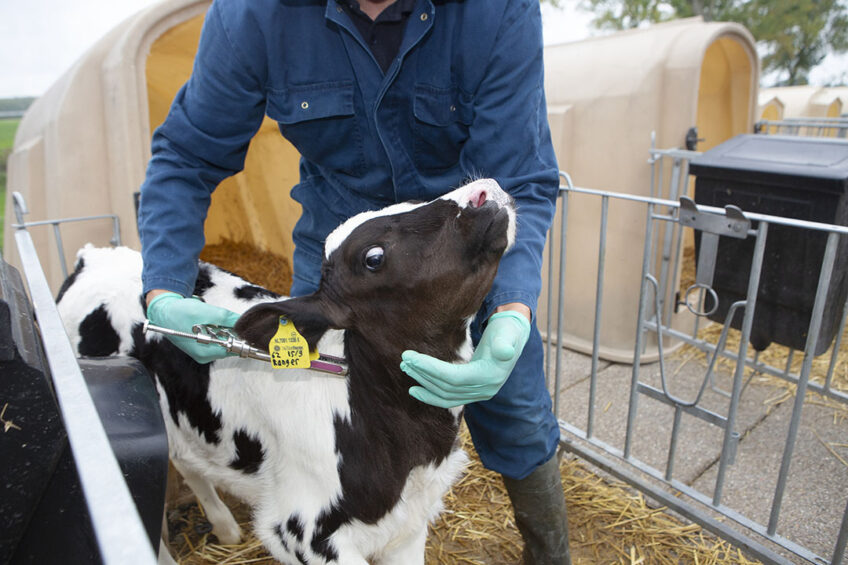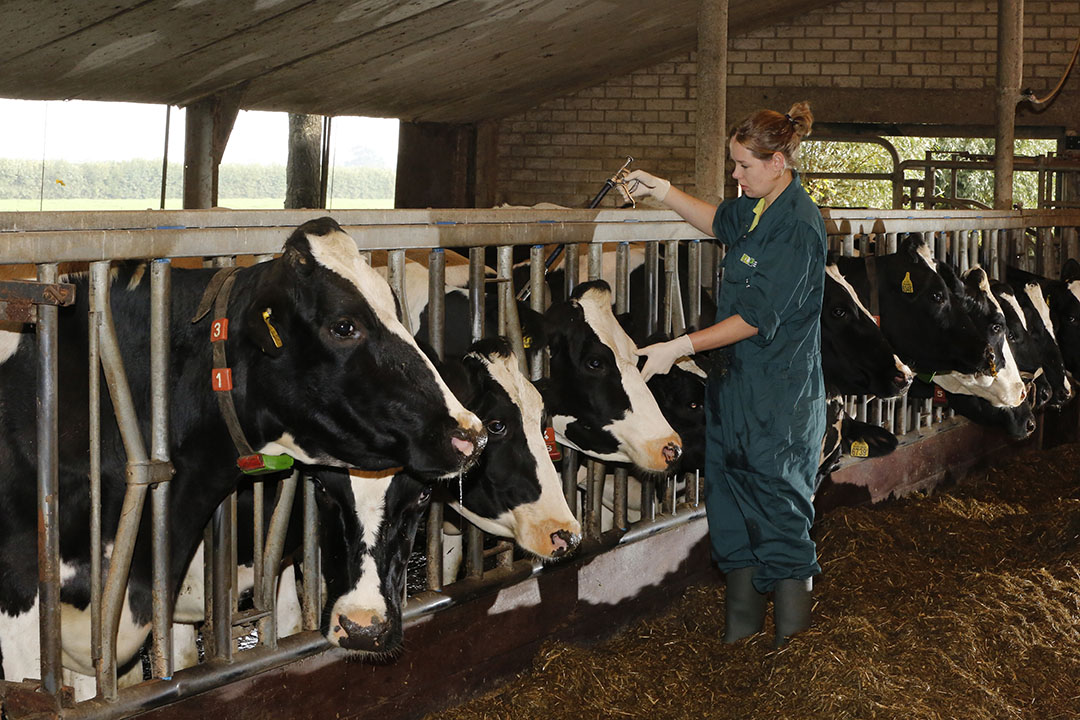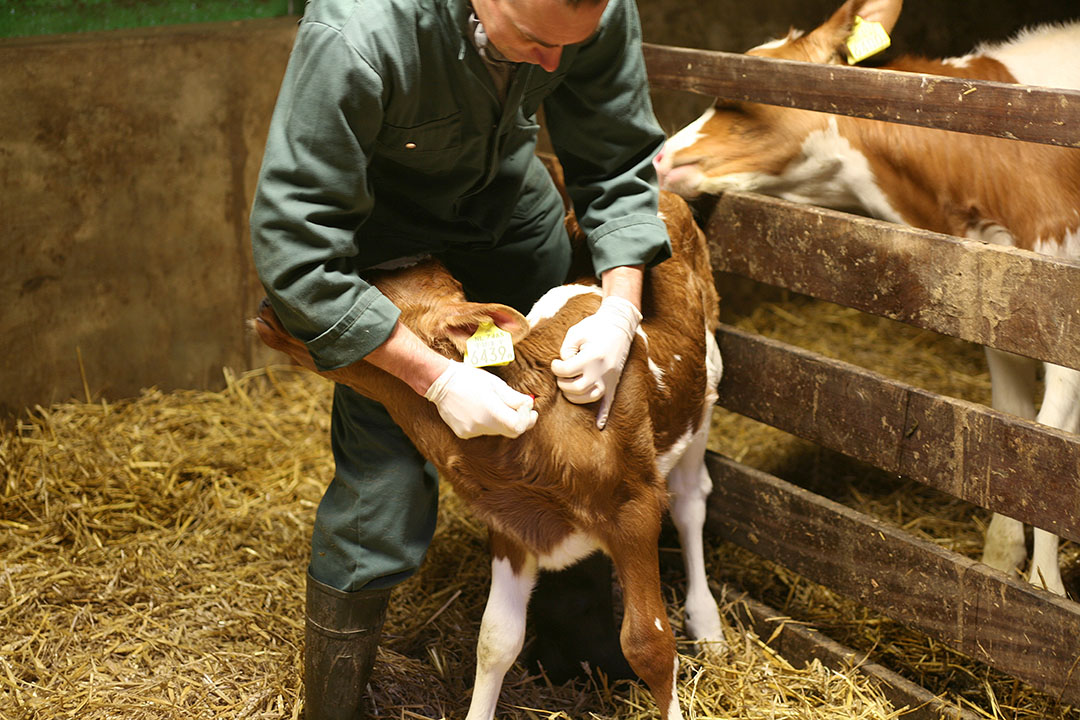Chronic vet shortage: A global problem

Food animal veterinarians are integral to maintaining a safe supply of food and ensuring a high level of animal health and welfare. Chronic and widespread shortages of large animal veterinarians threaten stability and put animal health and well-being at risk. Industry experts from the US, Germany, Ireland and Canada offer insights into the factors leading to these shortages and talk about what needs to be done to resolve the issue in their respective countries.
According to a report for the Farm Journal Foundation compiled by Dr Clinton Neill, assistant professor in the Department of Population Medicine and Diagnostic Sciences at Cornell University, over 500 counties in the US have unfilled veterinarian positions. Further exacerbating the situation is the fact that only 3-4% of new veterinary graduates have entered food animal-related practices over the past 20 years. Neill said the shortage not only puts public health and food safety at risk but, if the problem persists, some 3.7 million livestock jobs could also be at stake.
What’s driving the shortage?
The report, Addressing the Persistent Shortage of Food Animal Veterinarians and its Impact on Rural Communities, highlights 3 key shifts that have contributed to the problem. The first is a significant increase in debt accrued during veterinary studies, a number that has outpaced potential earnings, according to the report. The second is a slight decline in the number of veterinary students who pursue food animal veterinary practices after they graduate. The third factor is a rapidly growing companion animal sector that is currently outpacing the earning potential of other fields of veterinary medicine.
In his report, Neill outlines several possible solutions to the growing problem. In the short term, he said, providing solutions to the debt problem is paramount. In the long term, he suggests policy interventions that focus on creating pathways for students from rural backgrounds and in veterinary education programmes to become food animal veterinarians.
Germany
In Germany, the root of the shortage of farm animal veterinary surgeons is multifactorial as well. Dr Heiko Färber, managing director of the Bundesverband Praktizierender Tierärzte (BPT – German Association of Practising Veterinary Surgeons), spoke to a large audience at EuroTier. There, he said of the roughly 22,000 veterinary surgeons practising in Germany, only 3,500 are still involved in the care of agricultural livestock.
“Veterinary resources are becoming increasingly scarce, especially in rural areas, because there is a lack of young talent in curative care,” Färber said.
The driving factors behind shortages in Germany are different from those in the US. Many young veterinarians want to live close to urban centres, and others are looking for jobs that provide a healthy balance between work and life. Ever-increasing statutory requirements and the related bureaucracy are also aggravating the issue, he said.
“If this situation persists, it will very soon become impossible to guarantee nationwide veterinary care…”
“All of this is a major dilemma,” said Färber. “Not only is the partially fruitless search for salaried veterinary surgeons causing problems, the situation is additionally being exacerbated by the age structure in practices, with succession plans that are no longer achievable.
“If this situation persists, it will very soon become impossible to guarantee nationwide veterinary care,” he added. “If sick or injured animals can no longer be provided with adequate treatment due to a shortage of vets, that is clearly relevant to animal protection.”
In his talk, Färber offered several solutions to the growing problem. What is required, he said, is the speedy relaxation of the German Working Time Act, a move that would enable more flexible deployment of the ever-growing group of salaried veterinary surgeons. It would also lead to a significant reduction in bureaucracy, which would free up valuable time that could be better spent on improving animal health.

Ireland
The situation in Ireland is somewhat different, according to Dr Finbarr Murphy, chief executive at Veterinary Ireland. As in other countries, mixed and farm animal practices in Ireland are struggling to attract and retain new veterinarians. The reasons for this are multifactorial and relate to difficult working conditions, poor remuneration and onerous on-call arrangements leading to poor work-life balance. The latter often drives veterinary professionals into companion animal practices or into the industry and state veterinary services.
“With the advent of Brexit and our near neighbour, the UK, leaving the EU, this has led to increased demand for veterinary inspectors working in the state veterinary services, including at border control posts,” said Murphy. “This is resulting in vets being drawn from private practice into more attractive state veterinary opportunities.”
Ireland has been relatively lucky in terms of the number of veterinary graduates beginning their practices at home. In the past decade, the country has seen a large increase in the number of vets on the Veterinary Register, growing from 2,200 to 3,058 at last count. A recent evaluation of farm animal veterinary services available in Ireland did find that certain rural areas face challenges with relatively few practitioners operating in peripheral regions.
While most veterinary medicine students choose to study in Ireland, many opt to study in Eastern European countries such as Hungary, Poland and Slovakia. But most return home when beginning their careers, said Murphy. The Irish government has recognised this as a potential issue in the future, he said, and is currently considering the establishment of a second veterinary school in Ireland.
To address the issue around working hours and work-life balance, Veterinary Ireland is seeking central funding from the government to support the provision of out-of-hours services by the veterinary profession as is available to other professional groups in Ireland.
Canada
Dr Glen Yates has been working as a large animal veterinarian in Ontario, Canada, for 47 years. Although he’s never really experienced burnout, thanks, in part, to his acceptance of the strenuous nature of the job, he admits he’s slowing down.
Like other countries, Canada has a shortage of large animal veterinarians. That shortage means service is more often provided to large farms, leaving small farms completely unserved. Yates attributes the vet shortage in Ontario to a desire for better working conditions. Young vets don’t want to be on the road, he said, and they’re not interested in on-call work. Instead, they prefer to seek salaried positions in established companion animal clinics. Those who do choose to work with farm animals often experience burnout. While burnout is often driven by the physical and mental demands of the job, the stress of not being able to service farmers and animals that need assistance is a major contributing factor, said Yates.

Virtual health care
Working in close collaboration with his son, Colin Yates, Dr Yates has developed a telemedical service called VetsOn. Using the virtual care platform, qualified veterinarians offer video consultations to clients. The app records conversations for regulatory purposes and tracks the length of the meeting so veterinarians are properly compensated for their time. Once a diagnosis is made, farmers are able to purchase necessary medication through their vet and have it shipped directly to their farm. Point-of-care tests that detect pregnancy or mastitis, for example, are built into the system. The tests are done on-farm and do not need to be sent to a lab. All of this speeds up diagnosis and treatment, which helps to improve health and welfare in the long term.
Admittedly, Yates was not a “computer guy” until the pandemic forced him to do more work online. But he’s getting used to the system. The benefit, he said, is that it frees up a lot of time, allowing him to service several clients in the same time it used to take to meet with one.
“Veterinarians inherently want to do the right thing,” said Colin Yates. “They want to spend time with that animal. But sometimes it’s not economical or in the best interest of their own mental health.”
Faculty at Iowa State University’s College of Veterinary Medicine are using virtual healthcare technology as well, as a teaching tool to bolster swine medicine education. One of the benefits of the teaching method is that it could help to reinforce biosecurity while allowing students to see more real-life cases.
Dr Meredith Petersen, a postdoctoral research associate at the university’s Swine Medicine Education Center, took on the task of developing telehealth capabilities as part of her doctoral project. She is currently working to validate telehealth techniques. While her focus is on swine medicine, she said the application could be used in all animal production.
The aim of Petersen’s validation is to understand the accuracy of telehealth techniques in detecting disease, as well as to better understand their benefits and limitations. The teaching platform uses tablets and smartphones, as well as Vuzix smart glasses that help to enhance the overall experience.
”…mentorship goes a long way.”
Over half of the counties in Iowa have a critical shortage of food animal veterinarians. Virtual health platforms could be a possible solution. They could also provide support for new veterinarians interested in working with livestock.
“To be able to connect with some of the more experienced and specialised vets, I think, is great,” said Petersen. “I think not leaving them isolated where they’re the only one and maybe they don’t have experience with that type of case… that mentorship goes a long way.”
Petersen expects final analysis by the end of autumn 2023. The current shortfall of large animal veterinarians is greatly concerning, as it has serious implications for food safety and security, as well as grave consequences for animal health and welfare. Whether the driving factor is inadequate wages, poor work-life balance or onerous policy, it’s clear new solutions are needed. That may mean building a new teaching institution or relaxing policy. Or it could mean rethinking how veterinary businesses and institutions practise entirely. What is clear is that solutions need to be tailormade to address the root of the shortage, and that will differ from country to country.
Join 13,000+ subscribers
Subscribe to our newsletter to stay updated about all the need-to-know content in the dairy sector, two times a week.










